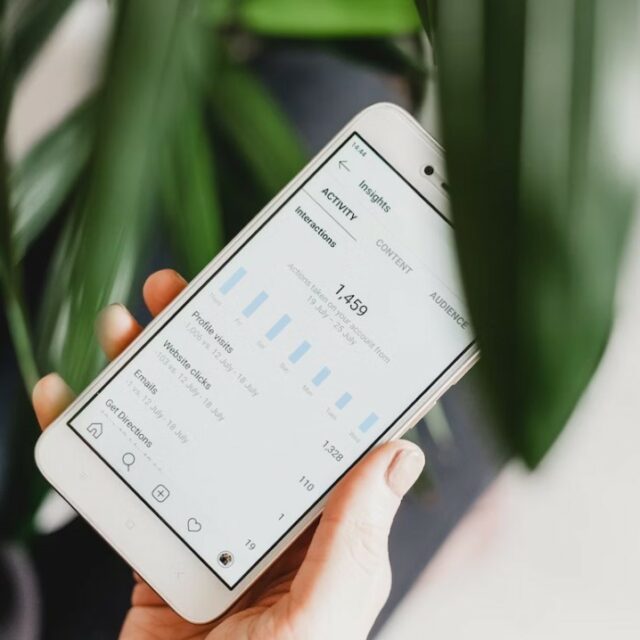You want to meet your business goals, and the survey is a terrific way to gauge whether or not your products and services are meeting the needs of your customers.
Along with your survey is another tool called the webhook that can help further your goals.
In this article, we look at how to use survey webhooks to meet your business goals. First, let’s define the webhook.
What is a Webhook?
A webhook makes it so you can receive notifications when something happens inside of your SurveyTown account.
For example, you might get a notification that a customer completed a survey. This then allows you to do something with your data, perhaps updating your systems as well.
Webhooks can be incoming or outgoing. For incoming, you’d be notified when something happens. For outbound webhooks, the system might be sending notifications to other apps about specific events.
Once you dive in, you’ll find that webhooks are incredibly powerful. They are an effectual way to send data between two systems. Webhooks allow you to push data from one system to another.
Finally, think of webhooks as you would a relay race. When one “runner” is triggered, it starts another sequence of events. In the case of webhooks, data can pass between platforms.
What Can You Use Webhooks For?
With webhooks, you increase your businesses ability to connect with customers. Here are a few ways webhooks can help:
By using webhooks you know when a specified event took place. For example, a survey was completed.
- Webhooks help you let another software platform know the event took place. This is that outbound webhook.
- You can ensure that your data is synced across your platforms when you use a webhook.
- For businesses that utilize webhooks, they find they can set off a workflow in another platform.
Webhooks Help with Customer Service
Let’s say your customer contacted you through customer service. You might want to send them a survey to see how well they liked or disliked their experience.
This is where the webhook comes in. It can trigger a customer satisfaction survey after a specific event. You’ll find this action serves to improve your business while helping you better train your staff.
The webhook allows you to better understand your customers experience and pinpoint any areas where you might improve.
In addition, you can solve problems with unhappy customers. For example, a negative survey response might trigger you to open a support case with your customer.
By following up, you show your customers you value their feedback, and you have an opportunity to change negative feelings into positive ones.
Webhooks Help You Target Customers
You’ll find that webhooks also let you analyze your customers interactions with your business.
For example, when a customer first uses your app, first makes an order or first talks with your customer service staff, you can trigger a survey.
By triggering surveys for specific segments of your customer base, you get more actionable data to help drive your business.
As another example, let’s say you want to introduce a new product. You might use a webhook to set up a survey for customers who bought something similar. The webhook allows you to survey those customers to see how likely they’d be to purchase the new product.
Final Thoughts
As you get ready to plan your webhooks, map out your customer’s journey. Decide where the best place is for the webhook.
Do consider survey fatigue and make sure you aren’t sending the same customers repetitive surveys. The last thing you want to do is bombard your valued customers’ inboxes.
Use webhooks thoughtfully and with purpose, and you’ll find you’re not only meeting your customers’ goals and needs but your own in the process. (tweet this)
Surveys help you make the best decisions for your business. Are you ready to get started with your free Survey Town trial? Start with your free account today, and you can upgrade at any time.
Image: Efe Kurnaz on Unsplash




